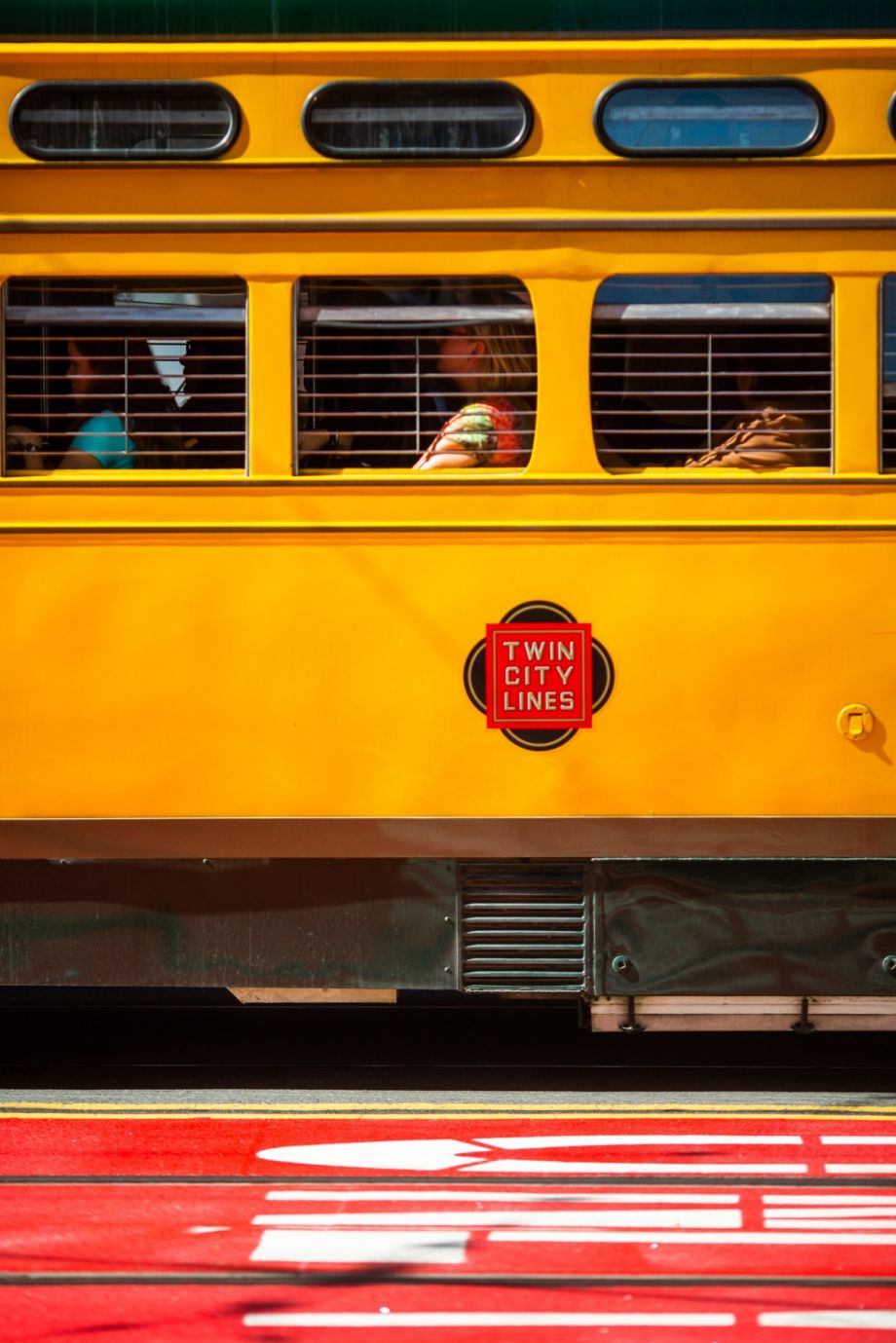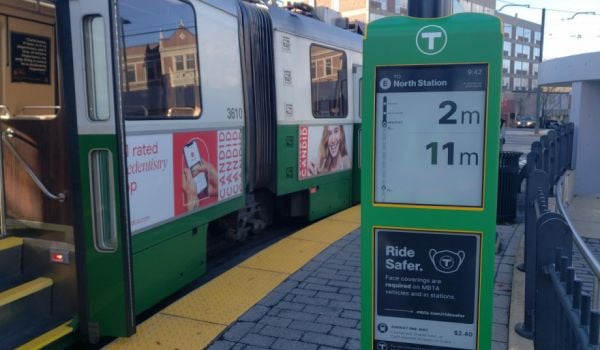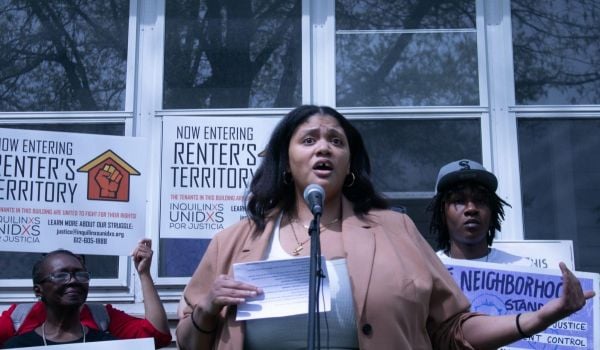EDITOR’S NOTE: This is the first in a short series of three articles about city public transit systems and the benefits and obstacles of how they integrate with regional transit providers.
From afar, the Twin Cities seem to be getting along when it comes to transit. Transit agencies that serve Minneapolis, Saint Paul and the surrounding seven counties share the same fare structure, buy and use the same buses, and share the same pot of money bestowed upon them by the federal government to keep their systems running.
But managing all these routes has its challenges. The quarrel started almost as soon as the region’s transit provider, the Metropolitan Council and Metro Transit, came into existence in the early 1970s.
Suburban cities were already frustrated with the transit predecessor to the Met Council, as it is colloquially called, for not providing enough transit service, if at all, for them. In 1986, they successfully lobbied the state to keep 90 percent of property taxes they collected for transit to create and run their own systems, called “opt-outs,” contending they can do a better job.
“The [transit] needs of someone in Uptown or downtown are very different [from] the needs of someone in Chaska, Lakeville, Eden Prairie or Apple Valley,” says Mike Huang, referencing suburbs south and southwest of Minneapolis. He chairs the Southwest Transit commission, which provides transit service in southwest Hennepin and southeastern Carver counties, about 15 miles southwest of Downtown Minneapolis.
The opt-outs soon invested the new funds in catering to suburban transit needs, such as building park-and-rides and introducing microtransit, where users can book a ride through an app, much like Uber and Lyft.

Photo by Thomas Hawk/CC BY-NC 2.0
Southwest Transit became the first agency in the region to introduce such a service, called Southwest Prime, in 2015. It appears to be popular, as its daily ridership recovered faster than the agency’s commuter routes serving downtown Minneapolis. Later this year, the agency plans to expand the service north into Hennepin County’s inner-ring suburbs and perhaps partner with Uber and Lyft to service the airport after operating hours.
Microtransit might also be a promising solution for other regional providers looking to fill the transit gap. Neighboring Minnesota Valley Transit Authority to the southeast launched a similar service called Connect in June 2019, and the Met Council plans to launch a similar service in North Minneapolis, called Metro Transit Micro, to connect residents with the C Line rapid bus route this summer.
Another change Southwest Transit introduced to the region in the early 2000s was coach buses. They offer a more comfortable ride than city buses, which possibly meant more riders switching from driving, thus reducing greenhouse gas emissions.
“I think that’s a huge benefit to communities because it reduces wear and tear on roadways, reduces traffic congestion,” Huang said. “One bus carrying 60 people is a lot more fuel-efficient than having 60 cars individually running [through] downtown.”
It’s unclear how ridership was affected when coach buses were introduced as Southwest Transit did not furnish any data as of press time. Nonetheless, in the five years before the pandemic, ridership fluctuated. It peaked in 2016 with 1,246,090 riders and plateaued in 2019 with 1,107,455, according to the Federal Transit Administration’s National Transit Database. But so did transit ridership across the region, driven in part by an October 2017 fare increase, low gas prices, and because land use in much of the Twin Cities is oriented around people driving. As of 2019, Southwest Transit and its fellow opt-out agencies carried five percent of the region’s transit ridership.
Coach buses have been criticized as a symbol of transit inequity. The buses, which are cheaper to buy than an accordion bus and possibly cheaper to maintain, are not readily wheelchair-accessible, for example. While all city buses in the Twin Cities can routinely board a wheelchair-bound passenger with a ramp, boarding a wheelchair on a coach bus requires a time-consuming process where the driver has to step off the bus to deploy a lift to elevate them to a separate door to board.
Southwest is also experimenting with a new type of coach bus that has a depressed area allowing those with limited mobility to board using a ramp. “[The low floor coaches] are preferred by the disability community because of the ease of getting on and off the bus. No lift [is] required, and [there’s] no time delays or perceived inconvenience to other seated customers,” said former Southwest Transit CEO Len Simich, who retired in February and is serving as an advisor to the agency through June.
The agency is looking to get more coach buses, as some of them have reached the end of their federally-mandated useful life. Even though Southwest has opted out of the regional transit system, the Met Council has control over when to buy them. Southwest complains they have been waiting for almost a year to buy new buses. The Met Council says the pandemic upended its procurement process.
Challenges replacing its fleet is not the only factor leading the agency to seek more autonomy from the Met Council, which the agency might not be able to grant without a change in state law.
For example, the agency wants to increase fares to reduce the subsidy they receive, given it ferries riders from a farther distance to Minneapolis. The agency’s express routes also receive a higher subsidy per passenger compared to Metro Transit’s express routes; in 2018, they received $7.48 per passenger, compared to Metro Transit’s $4.96.
But state law delegates the authority to set consistent fares for the region to the Met Council, which is also responsible for ensuring riders have a seamless transit experience. Although it doesn’t appear the Met Council will raise fares anytime soon, they may eliminate rush hour fares for local service, and Southwest Transit staff are concerned about the change because of potential revenue loss, even though they would not be affected given the services they run today.
Nonetheless, the agencies are trying to make the best of the state-mandated relationship. Last July, the Met Council began to convene bi-monthly meetings of regional transit providers to discuss regional transit planning, of which Southwest is a participating agency.
Southwest is also exploring ways to collaborate with neighboring agencies to better serve their communities, which have similar populations, population density, and are suburban in character. Recently, they worked with neighboring MVTA to redevelop their route networks. The agencies may merge someday.
“[Our communities] both have similar needs; [they] have similar types of distance problems to … the core cities [and] similar types of routes that we run,” said Huang. “We want to make sure that … we’re operating as effectively as we can, and that we’re being the best stewards of taxpayer dollars.”
This story has been updated to include the pandemic-related reasons for some procurment delays.

H. Jiahong Pan 潘嘉宏 (pronouns: they/them/佢/他) is a Minneapolis-based introverted freelance journalist who reports primarily on their lifelong passion: transportation issues. Find them on a bus of all types, the sidewalk, bike lane, hiking trail or perhaps the occasional carshare vehicle, camera and perhaps watercolor set or mushroom brush in tow, in your community or state or regional park regardless of season. If you can’t find them, they’re probably cooking, writing, curating an archive of wall art or brochures, playing board games, sewing or cuddling with their cat.
















